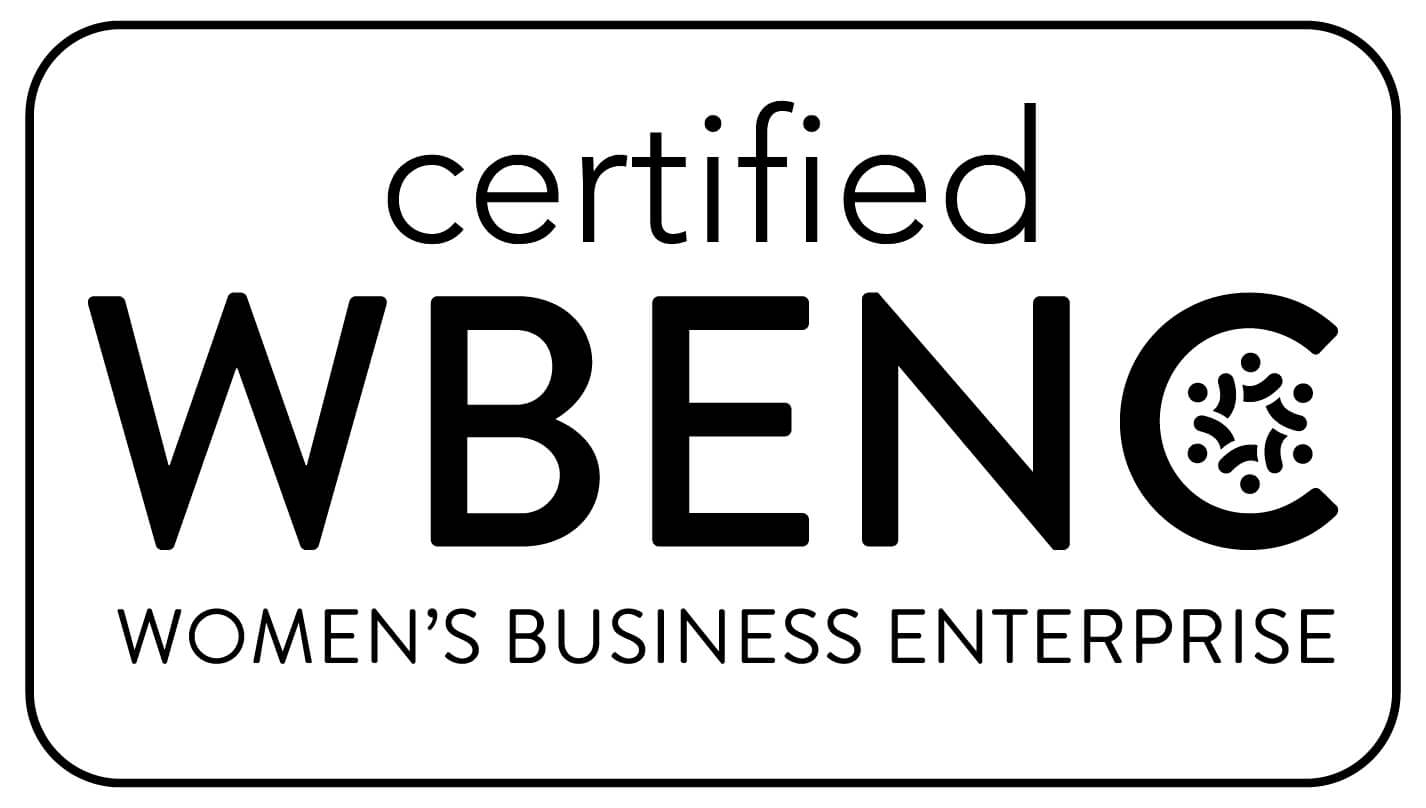PROMOTING FAIR & IMPARTIAL PUBLIC SAFETY: A SCIENCE-BASED PERSPECTIVE
Over the past decade, police personnel, researchers, community leaders, and other stakeholders have engaged in a national discussion about public safety and bias; biases based on race and ethnicity have received the most attention. Much of the national debate, however, is based on outdated notions of how bias manifests in our society.
Early researchers on the psychology of bias reported that prejudice was based on animus toward groups and that a person with prejudice was aware of it. Bias with these characteristics is now known as “explicit bias”; racism is an example. More recent research on this topic provides us with a fuller understanding of how prejudice is manifested. Social psychologists report that bias has changed in our society. As one scientist proclaimed, “Modern prejudice is not your grandparents’ prejudice” (Fiske, 2008: 14). What these scientists have determined—through voluminous research on this topic—is that bias today is less likely to manifest as explicit bias and more likely to manifest as “implicit” (or “unconscious”) bias. Social psychologists have shown that implicit bias can affect what people perceive and do. Implicit bias works outside of conscious awareness and manifests even in people who consciously hold non-prejudiced attitudes.
Bias starts with our automatic tendency to categorize individuals. We categorize individuals and objects to make sense of the world, which includes categorizing people we do not know according to group membership. We then attribute to these individuals the stereotypes associated with their group. This does not require animus; it requires only knowledge of the stereotype. Implicit bias, like explicit bias, can produce discriminatory actions.
Research has examined implicit biases linked to ethnicity and race, gender, social class, sexual orientation, religion, body shape, age, and so forth. It has examined the manifestations of bias among members of various professional groups, such as doctors, other health professionals, medical students, educators, prosecutors, and law enforcement.
In practice, implicit bias in policing might lead the line officer to automatically perceive crime in the making when she observes two young Hispanic males driving in an all-Caucasian neighborhood. It may manifest among agency command staff who decide (without crime-relevant evidence) that the forthcoming gathering of African American college students bodes trouble, whereas the upcoming gathering of Caucasian undergraduates does not. Moving beyond racial and ethnic biases, implicit bias might lead an officer to be consistently “over vigilant” with males and low-income individuals and “under vigilant” with female subjects or people of means. Where there is a crash with two different versions of what happened implicit bias might lead the officer to believe the Caucasian man in the white shirt and tie driving the BMW as opposed to the Hispanic man in jeans driving a pick-up truck. This is where biased based policing training comes in handy.
Therefore, the bad news is that prejudice remains widespread and manifests below conscious awareness, even in those of us who eschew, at a conscious level, prejudices, and stereotypes. The good news comes from the large body of research that has identified how individuals can reduce their implicit biases or, at least, ensure that their implicit biases do not affect their behavior. Scientists have shown that implicit biases can be reduced through positive contact with stereotyped groups and through counter-stereotyping, whereby individuals are exposed to information that is the opposite of the cultural stereotypes about the group. Another set of remedies does not require that we rid ourselves of the implicit biases that took a lifetime to develop. Social psychologists have shown that, with information and motivation, people can implement “controlled” (unbiased) behavioral responses that override automatic (discrimination-promoting) associations and biases. With our implicit bias police training, we make this possible.
FAIR AND IMPARTIAL POLICING VIDEO
Lorie Fridell on Implicit Bias – 2016 NACOLE/John Jay College Academic Symposium

